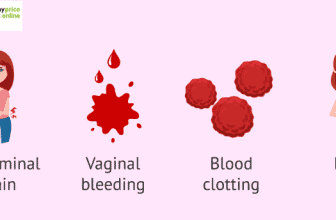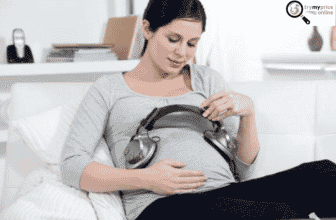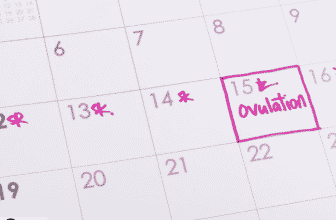
Pregnancy trimesters, Each trimester of pregnancy is distinguished by distinct fetal developments. A pregnancy is considered full-term when it reaches 40 weeks; kids born before week 37 are called preterm. Premature babies may experience issues with development and growth, as well as breathing and digestion. Keep reading to know all details about pregnancy trimesters.
Related: B6 And Unisom during Pregnancy: Is It Safe?
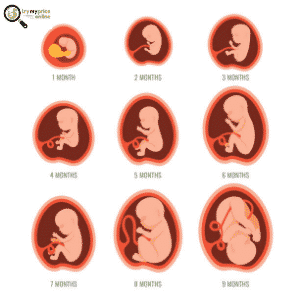
extremely faint positive pregnancy test
Pregnancy trimesters
- First trimester
During the first trimester, your baby’s development is especially crucial.
Your infant’s bodily shape and organ systems grow throughout this time.
The bulk of miscarriages and birth defects occur during this time.
Your body goes through a number of changes during the first trimester.
These changes can cause nausea, tiredness, breast soreness, and frequent urination.
Even though these are common pregnant symptoms, each woman’s experience is unique.
Some people may feel more invigorated during this time, while others may feel fatigued and emotional.
You can download a guide about pregnancy trimesters from amazon
Related: Cvs pregnancy test positive faint line and its meaning
Second trimester
The “golden era” of pregnancy is referred to as such since many of the negative consequences of early pregnancy go away.
You’ll probably feel less nauseated, have better sleep habits, and have more energy during the second trimester.
Back discomfort, abdominal pain, leg cramps, constipation, and heartburn are some of the new symptoms you may experience.
You might see your baby’s first fluttering motions between 16 and 20 weeks.
Related: Early pregnancy discharge in detail
Third Trimester
You’ve reached the end of your pregnancy and are undoubtedly both excited and nervous about your baby’s arrival.
Shortness of breath, hemorrhoids, urine incontinence, varicose veins, and sleeping problems are some of the physical signs you may experience at this time.
The growth of your uterus is responsible for many of these symptoms.
Which grows from Two ounces before pregnancy to 2.5 pounds at the time of delivery.
Related: Pregnancy test calculator week by week
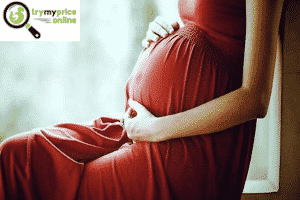
different types of pregnancy test
Postpartum is the fourth trimester
The first three months following delivery are crucial for the health of both the mother and the infant.
This stage is sometimes referred to as the fourth trimester.
While this can be a joyful period, hormonal and ecological changes can provide difficulties.
These difficulties could include:
After birth, especially if there are stitches for lochia, a blood and tissue discharge that can last for weeks, it’s important to rest.
discomfort, which can mimic period cramps, particularly during breastfeeding adjusting to a new role as a parent learning new skills
having sore breasts and other breastfeeding challenges, being tired from lack of sleep and other circumstances,
And, in certain cases, suffering postpartum depression
Here are some management suggestions:
limiting visitors, if this aids in enlisting the assistance of others
decreasing housekeeping responsibilities
Resting while the baby is eating normally, voicing any concerns about the baby, nursing,
Or personal health as much as feasible, and attending all follow-up visits
Related: Protein creatinine ratio pregnancy calculator and its usage
Pregnancy trimesters

All in all, Pregnancy trimesters, childbirth, and the first few months with a baby are unlike anything else you’ve ever experienced. They are brimming with fresh experiences, immense uncertainty, upheavals, and a slew of new emotions. Regular prenatal care is essential throughout each trimester. A doctor can help ensure that the fetus meets developmental stages and that the pregnant woman is healthy. They can also offer advice and resources to help.
References:




